I hope you enjoyed my reveal of my newly improved dressing room! As I said in that post, one of my favourite additions to the room is the larger and prettier vanity. My previous skirted vanity was very small (only the width of the shelving units) and wasn’t practical any more – I needed something I could spread out on whilst doing my face in the morning!
If you’d like to make one yourself, here’s how we created mine. (Or you can pin the image below for future reference!)
I know, I know. The pretty paper is just a bonus. Ahem.
Anyway, we started off with the same leftover doors that I used for the top of the chest of drawers, cut to the correct width. We then drew two quarter circles on each side using my large round photography reflector as a guide (any really large circular object will work fine), making sure they met at what would be the top of the vanity to create the curved shape.
Wayne then took his router and cut it to shape…
…and then used a belt sander to smooth out any uneven edges.
It was the turn of my newly most favourite stuff in the world. The marble patterned sticky back plastic. We essentially used the same method as the top for the chest of drawers with one change.
That rounded edge is a little more challenging to get a nice tight fit so we used a hair dryer to warm up the plastic making it more pliable. This allows it to be stretched around a curved edge and gives a much smoother finish. (This was my idea and I’m rather proud of that because it’s usually Wayne who comes up with the genius ideas so I thought I’d blow my own horn..errr hair dryer with that one.)
The top was then just affixed to the original brackets (like these ones) that held the old vanity top. You can see the reason why that skirt is necessary – it hides all manner of cords and appliances. Oh and for the fire-safety conscious, no, that extension lead is no longer hung on the radiator, it was off at the time.
The next step was the full pleated skirt. I purchased 2.5 meters of a lovely shimmery golden-brown fabric that looked a bit like pulled silk for £8/metre from Terry’s Fabrics which is about 2 minutes from my home (convenient). It looks like a plain brown fabric in the photographs but you can really see how it shimmers in this picture taken right in front of a window where it really catches the light.
I ironed the fabric and then measured the distance between the bottom of the vanity and the floor for my height and then added on 4cm (1cm to fold under the cut edge, then another fold of 2cm for the bottom hem and 1cm allowed at the top where it would be stapled to the underside of the vanity table) to get the finished height. This left with me a 2.5 metre long piece of fabric just slightly taller than the height of my vanity.
Once cut for the height, I folded it in half length-wise and cut it to get two panels of equal length (so 1.25 metres long for each panel). I simply hemmed each panel on the 3 cut sides (I left the top unhemmed as this is where it would be stapled). The reason there are two panels is so that you have an opening in the middle to access whatever you are hiding underneath the skirt. I’ve overlapped them in the middle so that the gap isn’t visible unless you open it (seen below, apologies for the dodgy grainy photo).
I then climbed underneath the table and staped like so… this looks horribly confusing but I’m going to explain it.
On each panel, you want to staple one end to where your skirt begins and one end to where the skirt ends (being sure to overlap the ends of the two panels in the middle). You then want to find the middle of each panel and staple that directly between your two end staples.
Each panel is much longer than the width of your table so in order to get that full pleated look, you need to continue doing this – I call it dividing and conquering.
You find the middle of the fabric between the staples and staple it directly between the two staples either side. The loose fabric will very quickly start to pucker and you just continue stapling, halving your excess fabric and stapling into the centre of your previous staples until the gaps between where you’ve stapled the fabric become so small you can’t see them any more.
You don’t need to be perfect with this – I very much eye-balled it and it came out fine. Witness my rather haphazard stapling style underneath…(in my defence, it was dark under there – this photo is with flash).
It sounds complicated but it couldn’t be easier. I had a full skirt in less than an hour.
The length of the skirted part is around 1.2 metres and so I used 2.5 metres of fabric to get this fullness (so around double the length). If you want an even fuller skirt, you can go up to 3 times as long as the length you are ‘skirting’ (yep, totally a word in this context). If you want something less full, then obviously go to 1.5 times the length and so on.
I really love my new little vanity but really this is something you can fit in the corner in a bedroom too if you had a little bit of space – the footprint is quite small but you get quite a lot of space on top and room underneath for storage. And it was actually quite inexpensive (It cost just £34 in all and that gave me enough fabric for the pelmet too). I’m considering adding some hooks underneath for all the paraphernalia that hides below!
Is this a DIY you might try?
Oh and don’t forget, there’s still time to vote for my little splodge on the interwebs in Amara’s Interior Blog Awards 2014 in the DIY category! Thank you to everyone who’s already voted, it truly does mean so much to me!
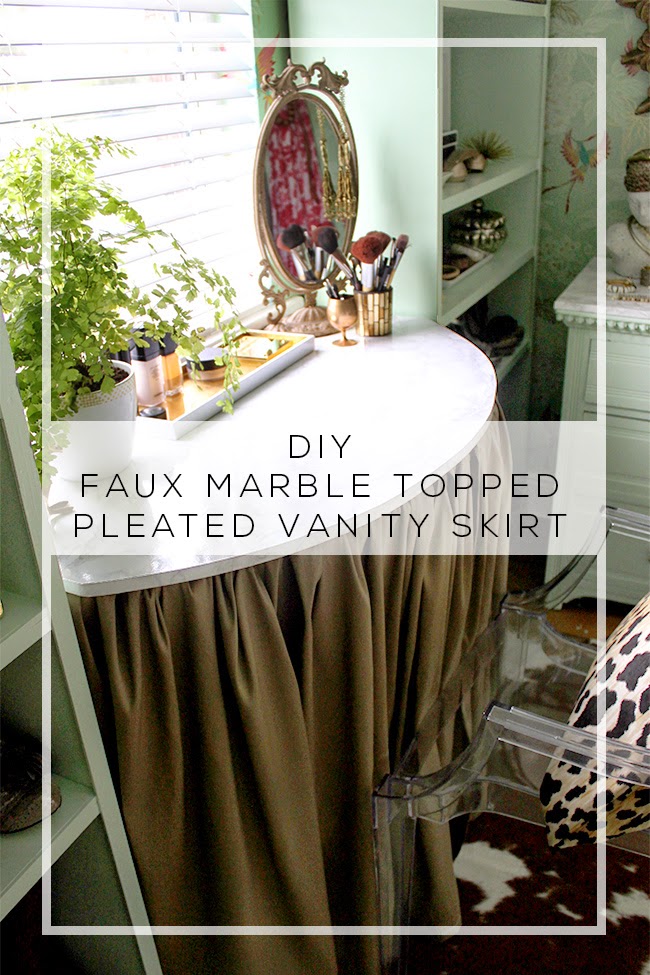
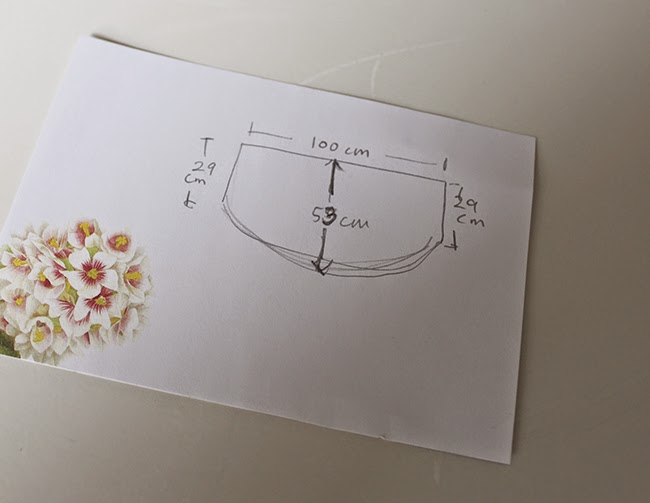
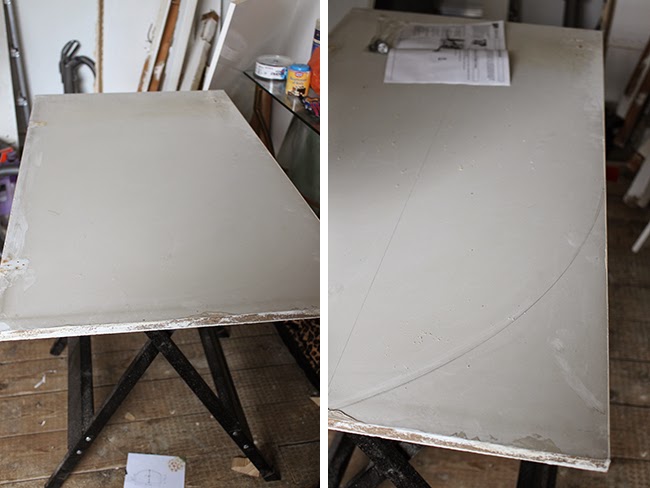
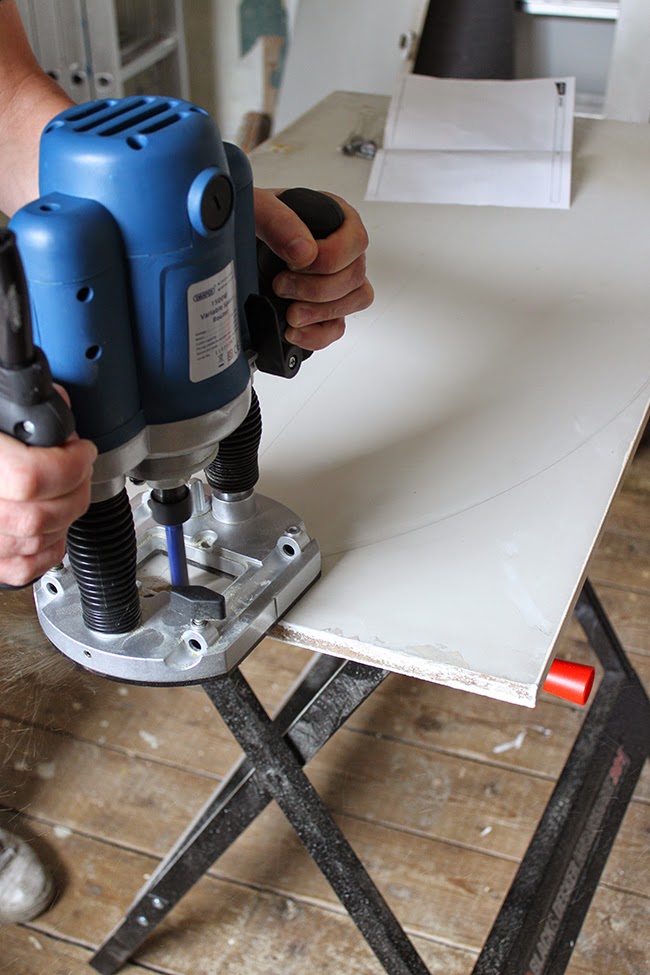
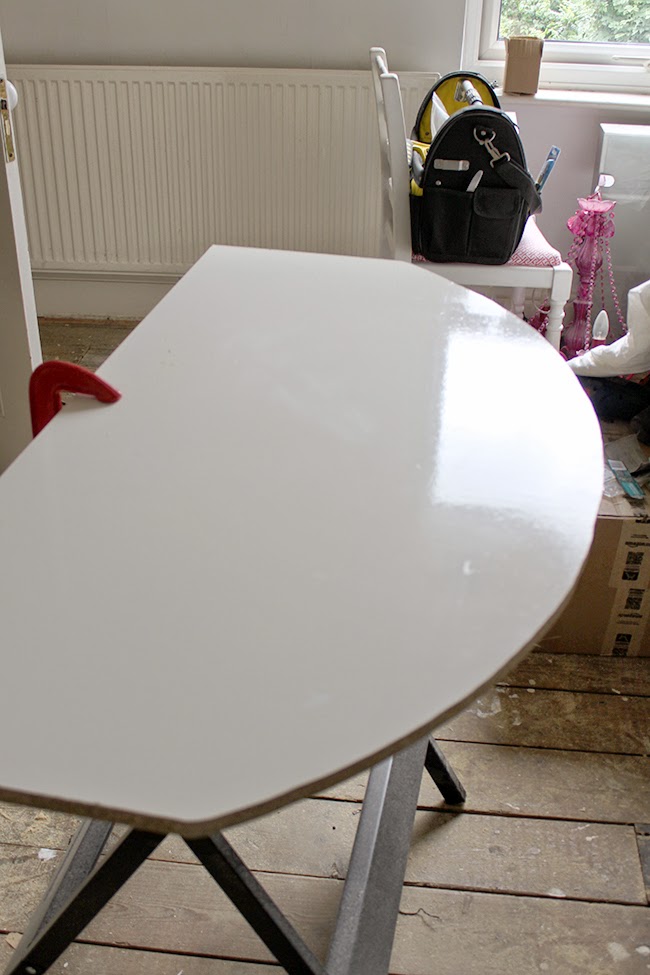
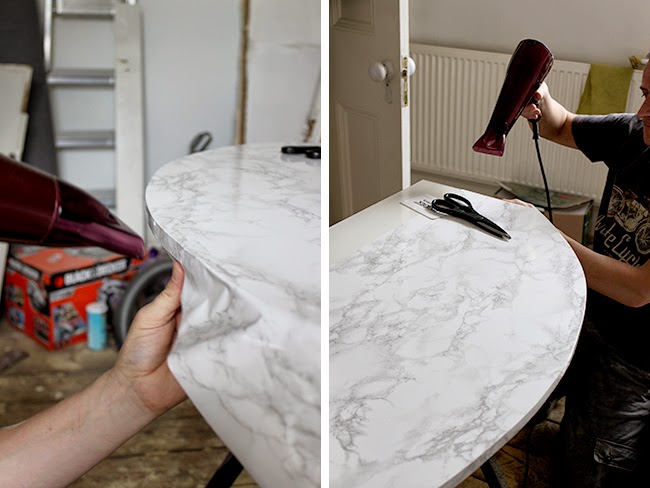
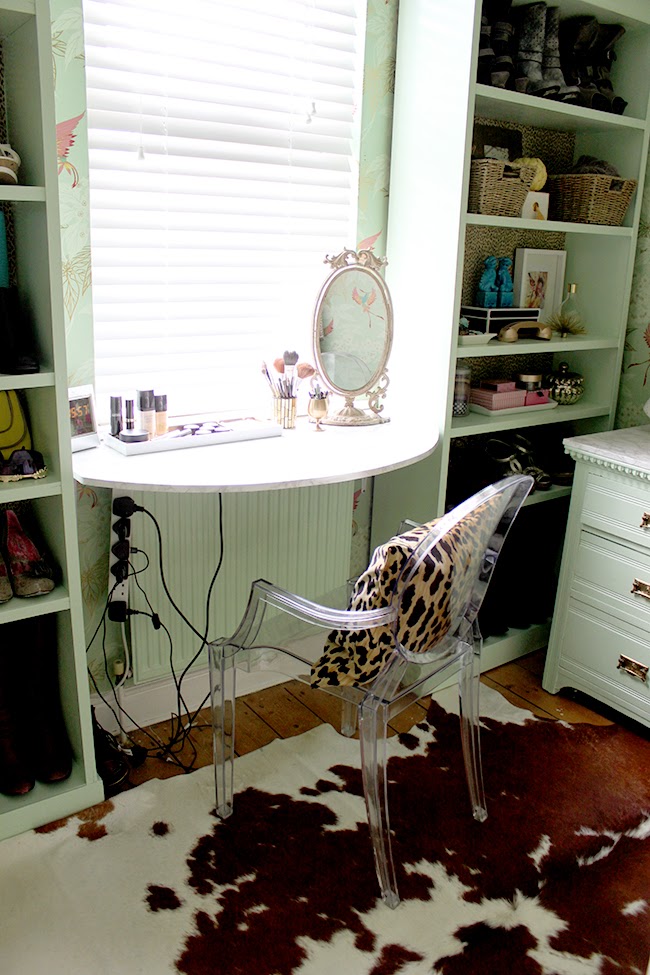
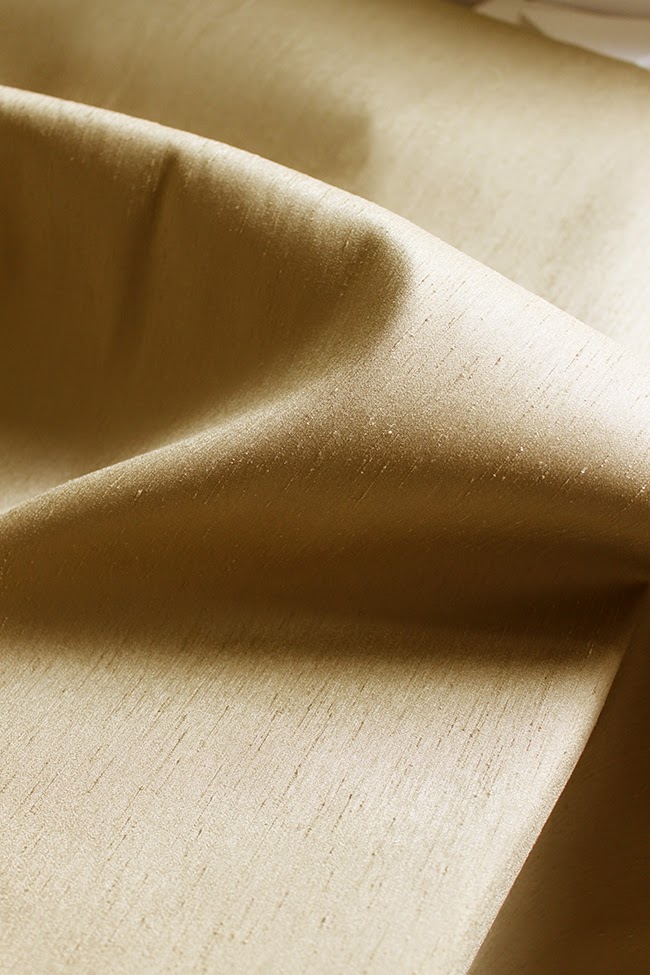
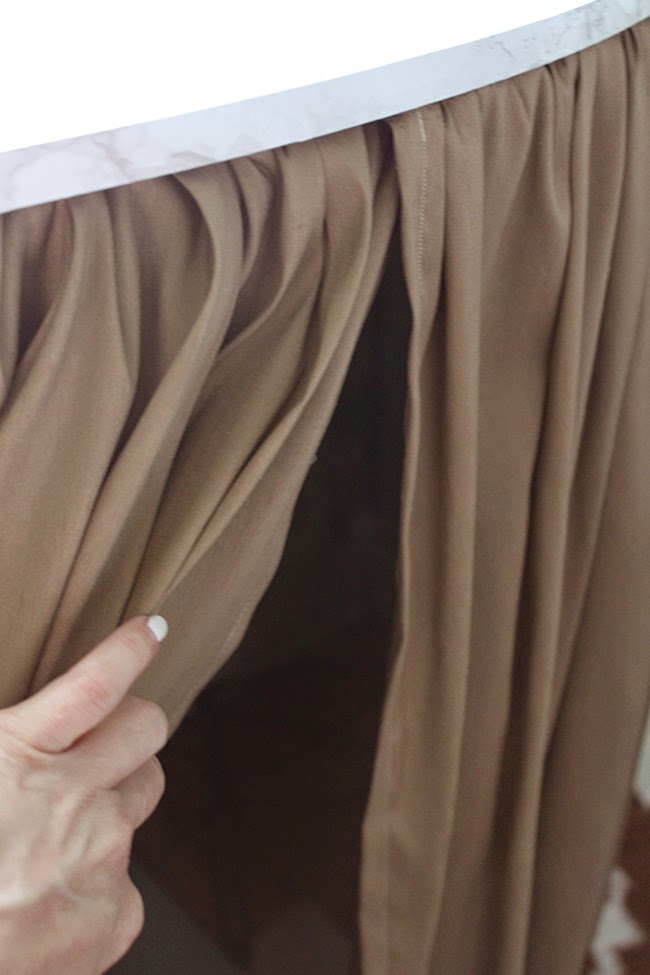
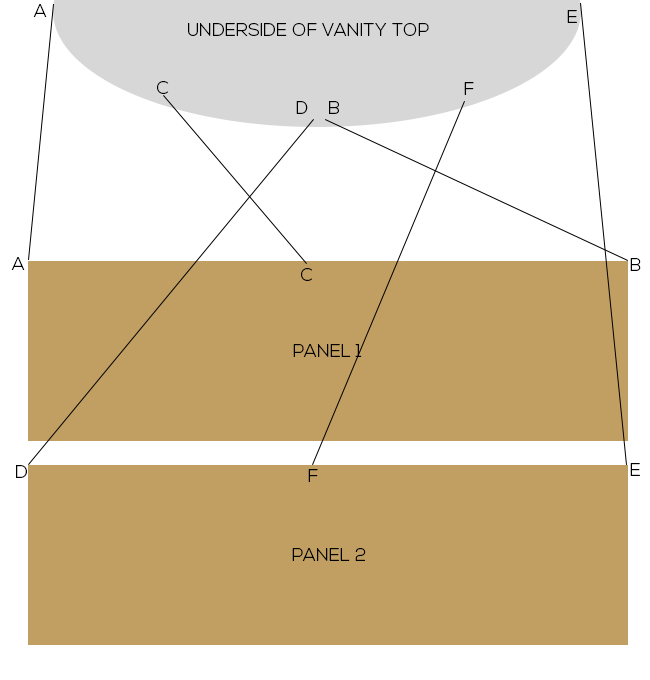
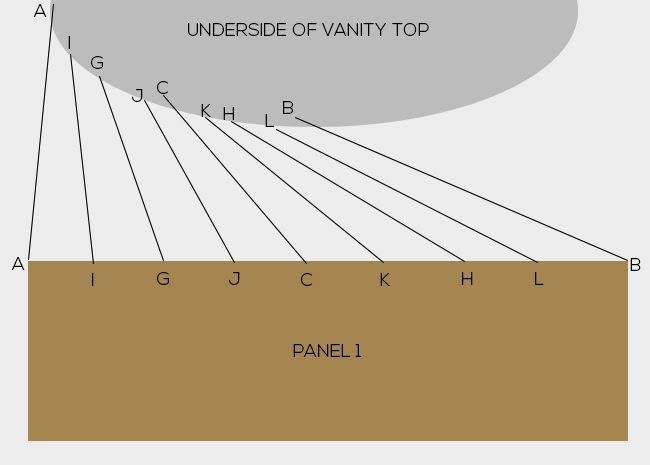

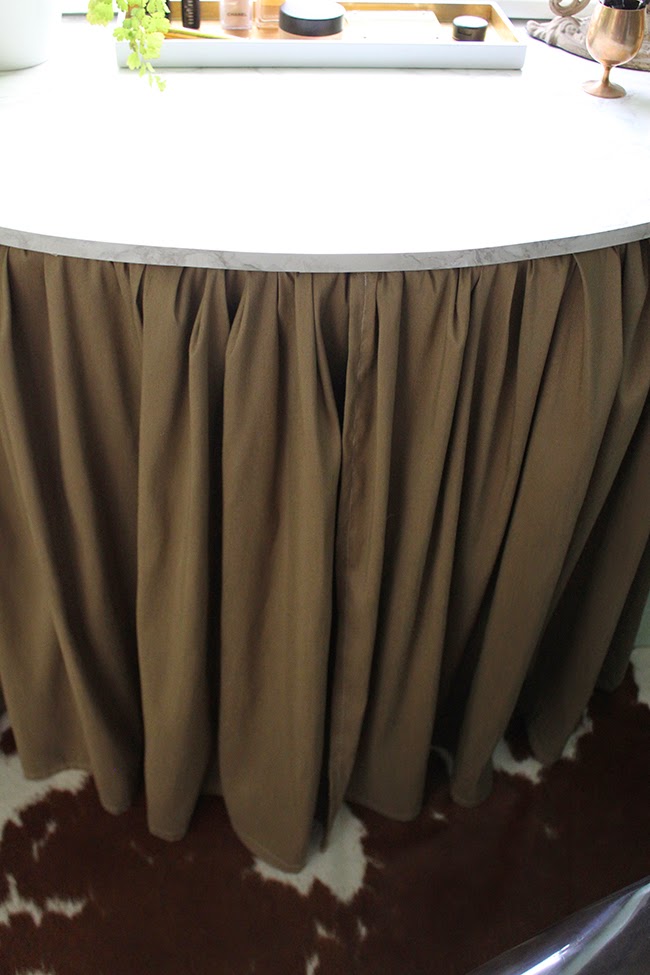
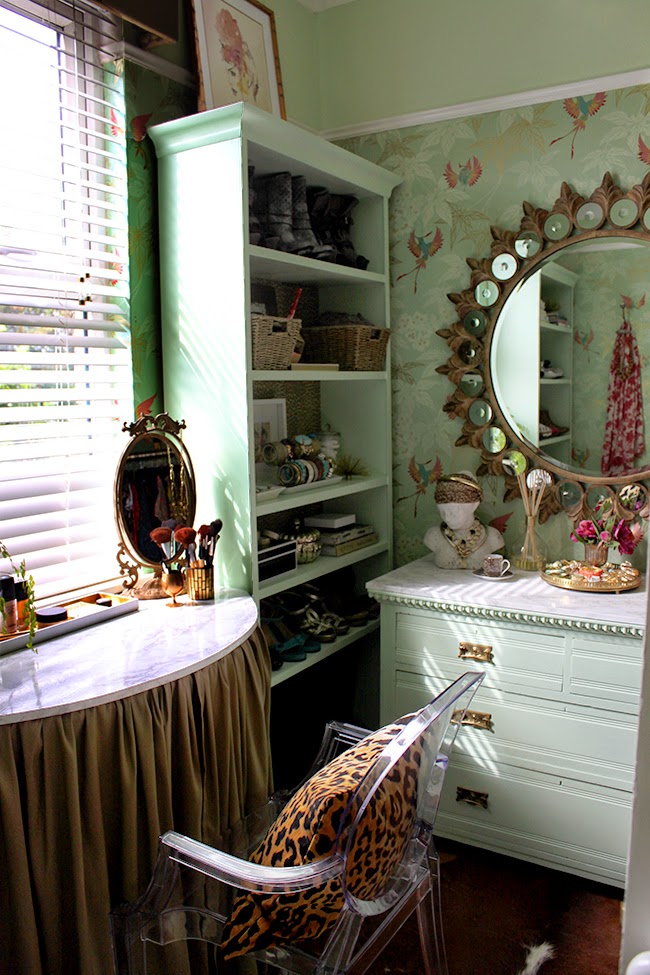






































Just when I think I can't love Wayne any more. :) You two are a great team and create some pretty fab things if I do say so myself! xo
Hahaha! Aww thanks hun! I think we make a pretty good team myself ;) xx
Love the "dividing and conquering" technique! Would never have thought of that and instead would probably have messed around measuring evenly spaced out points for where to staple…doh! One comment though – where you show the 3 starting points for stapling the ends and middle, the 2 panels wouldn't actually overlap. Although the lines drawn to illustrate the process do cross,
Oh my goodness Valerie, you are absolutely right! I am going to change that! lol Thanks for catching that one ;) xxx
Yes I think I will have a go, I'm not good at sewing so I could do that ( I think lol) xxx
It's just straight lines, very very simple sewing ;) You can probably even cheat and use hem tape (you know the one you iron?) and make it even easier! xxx
def worth a try because each of the components (table making, contact paper, no sew gathering) may be applied to other non-vanity projects. awesome tutorial!
Thanks lovely!! And yes, 3 different components can be used all kinds of ways :) xxx
I am always amazed at how much I adore all the rooms in your house and the way you style them, because there is hardly any overlap with my own style! (Although I, too, have a cat – he's a recent acquisition). But anyway, love what you did there! <br />And I am slightly worried by how much a man who owns a router turns me on. There's either something wrong with me … or I need stuff done
Aww thanks Alexandra – it's funny because there are plenty of bloggers & designers who's styles I admire greatly but it is not how I decorate my own home – I still find it inspiring regardless ;) And no, totally understand the turn on!! HA! There's something really sexy about a man who can DIY lol xxx<br />
Okay, aside from the fact that you are some kind of wizard-genius, I think my favourite part is actually how you've recycled and repurposed so much in the process of updating your dressing room. So many people would have discarded those doors and gone out and bought a new piece of MDF for both counter tops. This is creative design. This is DIY done right.